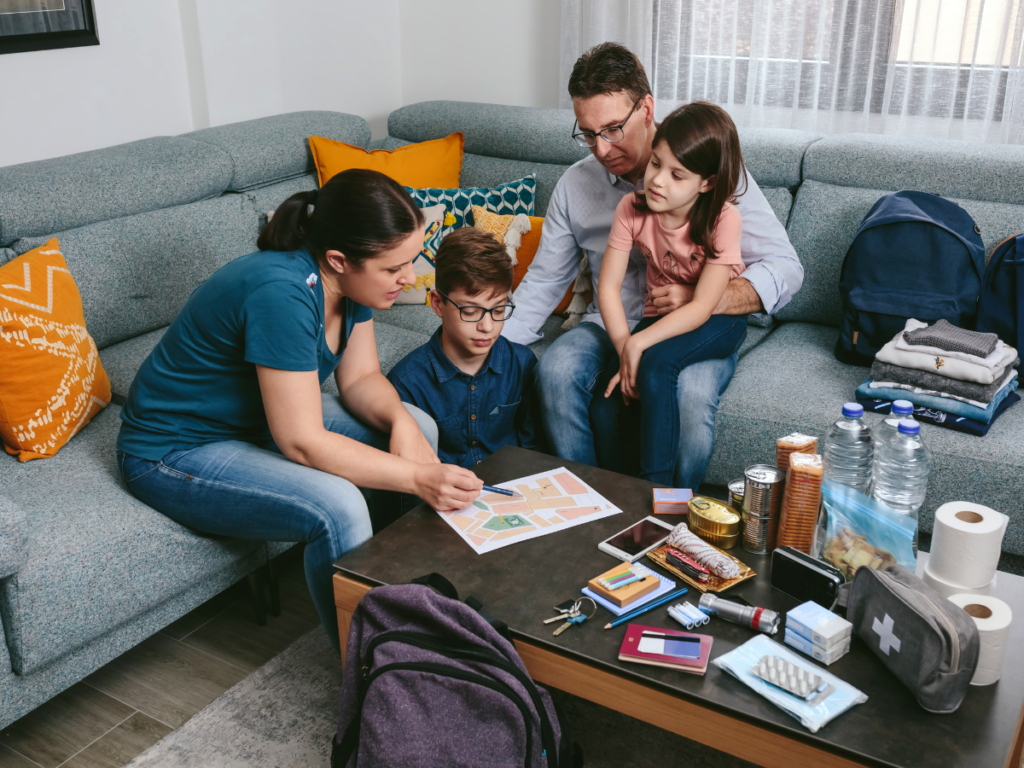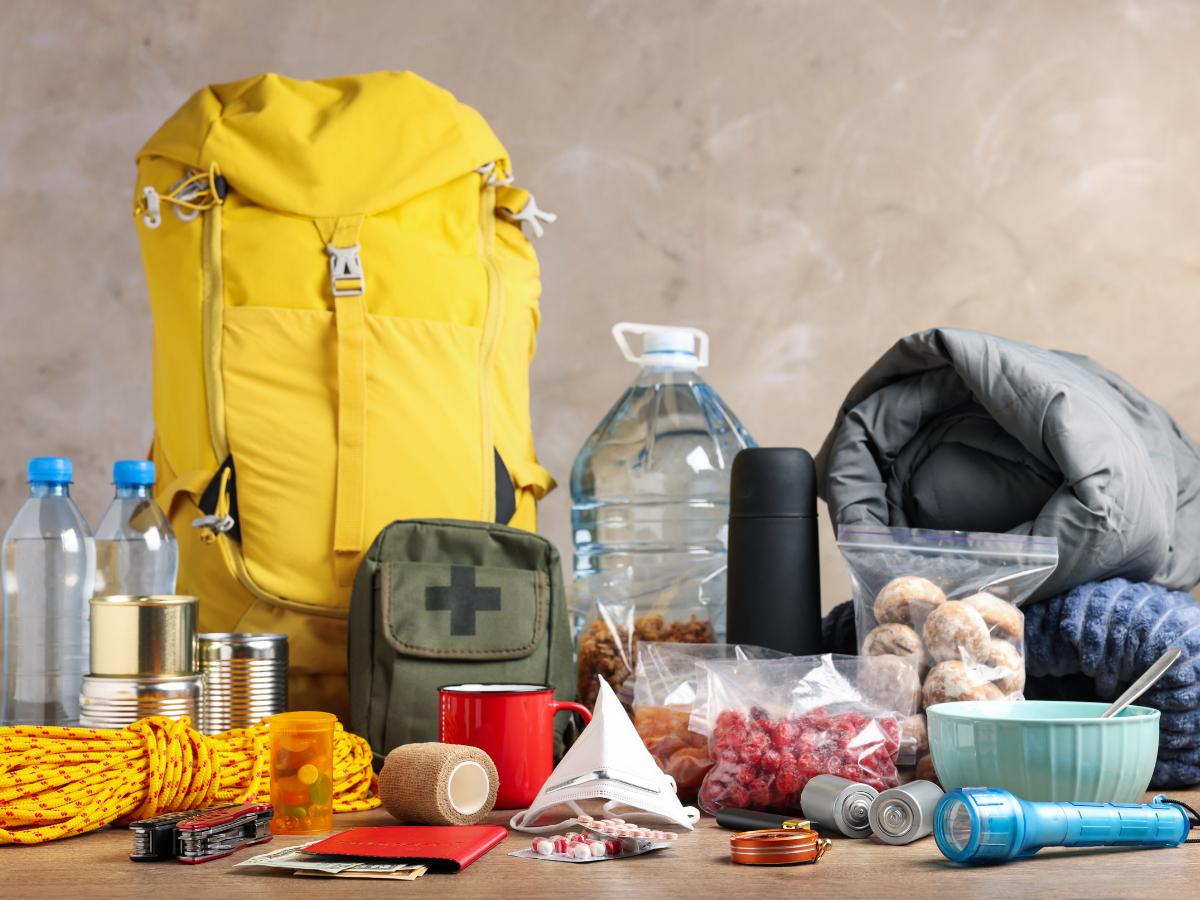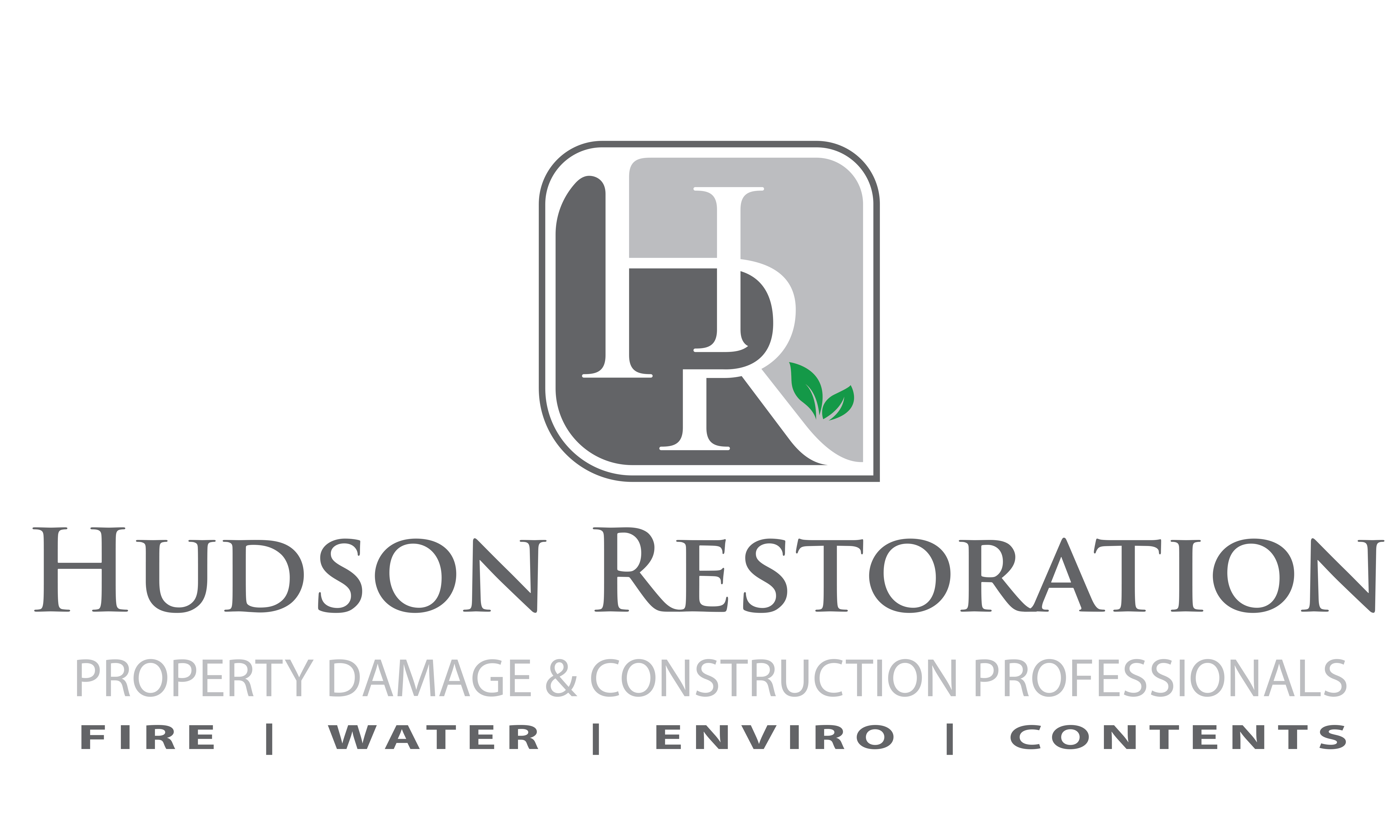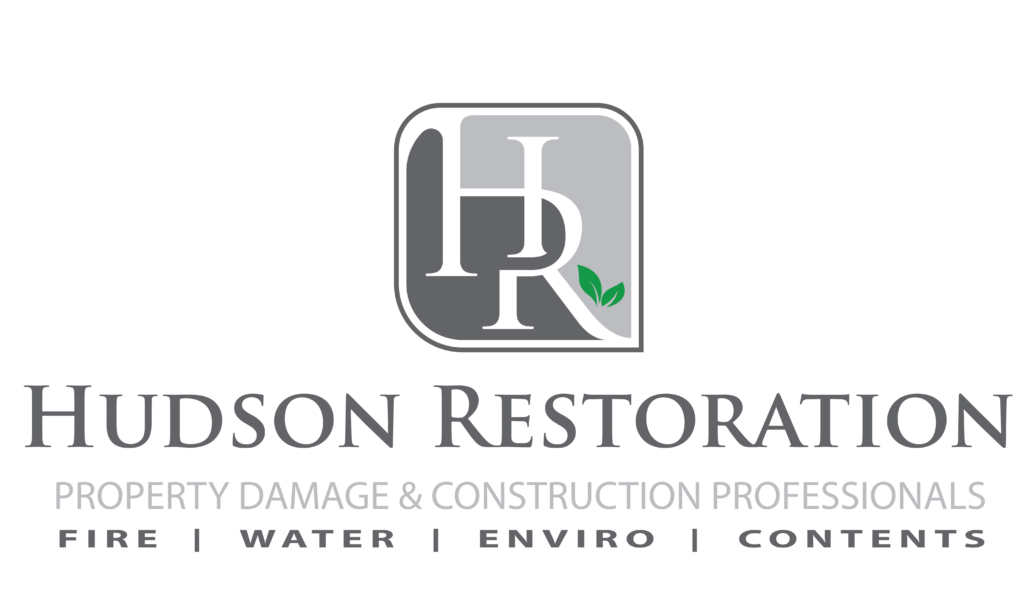Discover essential strategies to safeguard your family and home from unexpected disasters. Start preparing today to ensure peace of mind and safety for tomorrow.
Disaster preparedness is not merely a list of tasks—it’s a fundamental approach to ensuring safety and security in the face of unexpected emergencies. Whether it’s a natural disaster like a hurricane or an unforeseen man-made event, being prepared can dramatically change the outcome for you and your family. This guide walks through ten critical actions that everyone should undertake right now to enhance their readiness.
Essential Supplies for Disaster Readiness
First Aid Essentials
A well-stocked first aid kit is your first line of defense in a disaster. It should include bandages, antiseptics, a range of medicines, and tools necessary to handle minor injuries or medical situations until professional help can be reached. Ensure to customize your kit according to the health needs of your household, including any necessary prescription medications.
Food and Water Storage
In the wake of a disaster, having a sufficient supply of food and water is crucial. Store at least a three-day supply of non-perishable food items and one gallon of water per person per day. Consider foods that require minimal water and preparation, such as ready-to-eat canned meats, fruits, and vegetables, cereal bars, and dry cereal.
Emergency Communication Tools
When power lines go down and cell networks are overwhelmed, having a backup communication plan is essential. Hand-crank radios like these, which do not require electricity, can keep you connected to emergency broadcasting without the need for batteries. Also, consider investing in a solar charger to keep your mobile devices powered.
Developing an Evacuation Plan
Routes and Meeting Points
Knowing your evacuation routes and having predetermined meeting points can save time and reduce chaos during an actual evacuation. Review and practice your routes annually and update them as needed to account for new construction or changes in the environment.
Special Considerations for Pets
Pets are part of the family and require their own specific disaster plans. This includes having a pet emergency kit ready and understanding pet-friendly evacuation routes and shelters.

Securing Your Home
Structural Safety Measures
To minimize damage and ensure your family’s safety, assess your home for potential hazards like weak roofing structures or unstable foundations. Consider professional retrofitting to improve the resilience of your home against natural disasters such as earthquakes and severe storms.
Financial Preparedness
Important Documents to Safeguard
Keeping your financial documents safe is critical. Store them in a waterproof, fireproof box, and consider keeping digital copies in a secure, accessible online storage solution.
Creating a Financial Safety Net
Building an emergency savings fund can provide a financial buffer that can help you manage during and after a disaster without the added stress of financial strain.
Community Involvement and Support
Building a Support Network
Creating a community support network can be vital in times of disaster. Engage with your neighbors and local community groups to share resources, plan collective emergency responses, and provide mutual aid. This network can be a lifeline, particularly in isolated or severely affected areas where emergency services might be delayed.
Community Resources and Training
Many communities offer disaster preparedness training sessions through local government or nonprofit organizations. These programs teach valuable skills such as CPR, emergency response techniques, and disaster management strategies. Participating in these programs not only prepares you but also strengthens the overall preparedness of the community.
Handling Post-Disaster Recovery
Psychological First Aid
The aftermath of a disaster can be emotionally devastating. Psychological First Aid (PFA) is an approach to help people affected by an emergency to feel safe, connected to others, and hopeful about the future. Learning basic PFA techniques can help you support your family and neighbors effectively.
Rebuilding Community Connections
Post-disaster, a community that stays connected recovers faster. Efforts should be focused on rebuilding community structures and support systems to restore normalcy and provide the needed assistance to affected families.
Stay Informed: Understanding Disaster Alerts
Types of Alerts and Responses
Knowing the different types of disaster alerts and understanding the appropriate responses can significantly increase your chances of safely navigating a crisis. This includes familiarizing yourself with local alert systems and understanding national weather service warnings.
Setting Up Alerts on Devices
Ensure all household devices are set up to receive emergency alerts. This simple step can provide critical time to react in the event of a sudden disaster.
Tech Tools for Disaster Preparedness
Apps and Online Resources
Several apps and online tools are available to help manage disaster preparedness. These range from apps that notify you of impending weather conditions to tools that help you organize your personal emergency plans and checklists.
Using Technology Effectively
Leveraging technology can enhance your disaster preparedness. For instance, keeping digital copies of important documents and using GPS for real-time updates during evacuations can be lifesavers.
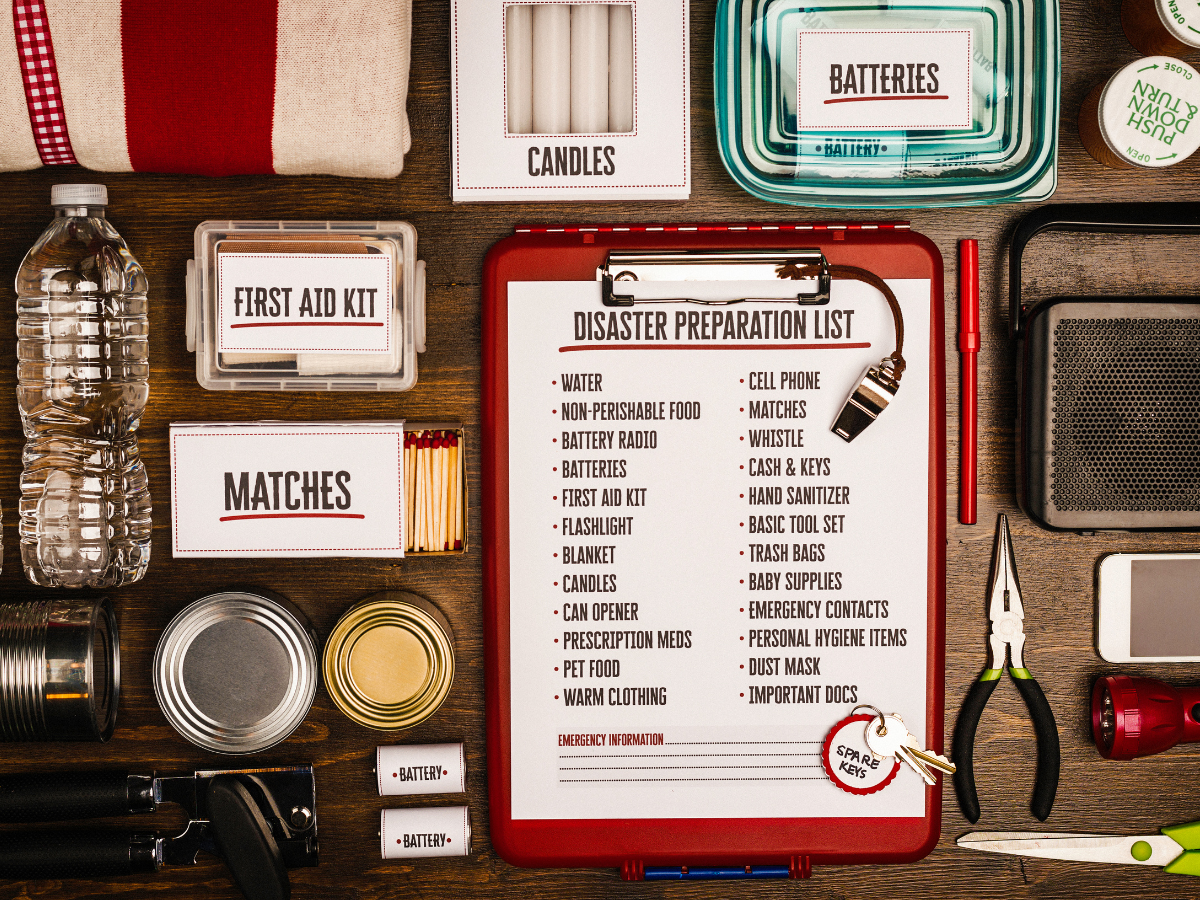
Ultimate Guide to Disaster Preparedness: The 10 Must-Do’s Right Now
Everything summarized into one list:
- Assemble an Emergency Kit: Begin by gathering all essential items for an emergency kit, including water, non-perishable food, a first aid kit, flashlights, extra batteries, and a manual can opener. Tailor the kit to meet the specific needs of your family, including medications and supplies for pets.
- Create a Communication Plan: Establish a family communication plan that includes emergency contact information and rehearse it regularly. Ensure everyone knows how to send updates via text or social media during emergencies, which can be more reliable than making voice calls.
- Know Your Evacuation Routes: Familiarize yourself with multiple evacuation routes and local shelters. Practice evacuating with your family and pets to ensure everyone knows where to go and what to do in case you need to leave quickly.
- Secure Your Home: Take steps to make your home more resistant to disaster damage. This might include securing heavy furniture to walls, reinforcing windows and doors, and ensuring your home meets local building codes for disaster resilience.
- Protect Important Documents: Keep important documents like birth certificates, property deeds, and insurance policies in a safe, accessible location, preferably in a waterproof and fireproof box. Consider keeping electronic copies in a secure cloud storage service as well.
- Stay Informed: Sign up for alerts from local weather stations and national alert systems to receive updates about potential disasters. Keep a battery-powered or hand-crank radio in your emergency kit to stay informed if the power goes out.
- Educate Yourself and Family: Take time to educate yourself and your family about natural disasters relevant to your area. Knowledge about what to do before, during, and after a disaster can significantly reduce fear and anxiety and can help to keep your family safe.
- Review Insurance Policies: Ensure that your insurance policies cover common hazards in your area. Consider additional policies for flood or earthquake insurance if you live in a prone area, as these are not typically covered under standard homeowner’s insurance.
- Save for an Emergency Fund: Establish an emergency fund to cover unexpected expenses during disasters, such as hotel stays, meals, and transportation. Aim to save enough to cover your household’s essentials for at least three days.
- Participate in Community Preparedness: Engage with your local community to better prepare for disasters. Participate in community emergency response teams and neighborhood safety programs to enhance collective preparedness and resilience.
Frequently Asked Questions
How often should I update my emergency supplies?
It is recommended to review and update your emergency supplies at least once a year. This ensures that all items are in good working order and that food and medications have not expired. It’s also crucial to adjust your supplies based on changes in your family’s needs, such as new medical prescriptions, dietary requirements, or the addition of family members or pets.
What are the most critical items for a basic emergency kit?
A basic emergency kit should include water (one gallon per person per day for at least three days), non-perishable food (enough for at least three days), a battery-powered or hand-crank radio, a flashlight, extra batteries, a first aid kit, a whistle to signal for help, dust masks, plastic sheeting and duct tape for shelter-in-place, moist towelettes, garbage bags and plastic ties for personal sanitation, a wrench or pliers to turn off utilities, manual can opener for food, local maps, and cell phone with chargers and a backup battery.
How do I prepare my home for different types of disasters?
To prepare your home for various disasters, start by assessing the risk of disasters in your area such as floods, earthquakes, or hurricanes. Secure heavy furniture to walls and place heavy items on lower shelves to prevent them from falling during earthquakes. For flood risk, elevate utilities and electrical panels and use sandbags to prevent water ingress. For hurricanes, install storm shutters and reinforce garage doors. It’s also wise to create a family evacuation plan and practice it regularly.
What should I do if I’m away from home when a disaster strikes?
If a disaster occurs while you’re away from home, follow the emergency plan of the location you are in (such as a workplace or public area), stay informed through local media and alert systems, and communicate with your family as soon as possible to let them know your location and status. Carry a small emergency supply kit in your vehicle or at your workplace that includes water, snacks, a first aid kit, and a flashlight.
How can I involve my children in disaster preparedness planning?
Involving children in disaster preparedness can help reduce their anxiety about emergencies and ensure they know what to do when one occurs. Educate them about the types of disasters that could occur and discuss the family’s emergency plan. Let them help assemble their own emergency supplies and personalize it with their favorite snacks or a comforting item. Conduct regular family drills and make the learning process interactive, such as through games or storytelling.
What are some mental health considerations during and after a disaster?
Disasters can have significant emotional impacts. During and after a disaster, it’s important to recognize symptoms of stress, anxiety, and depression. Provide support to family members and seek professional help if necessary. Establish routines as soon as possible to provide a sense of normalcy and control. Engage in community support groups and stay connected with others, which can aid in recovery. Encourage open conversations about feelings and fears, and emphasize the importance of self-care and rest.
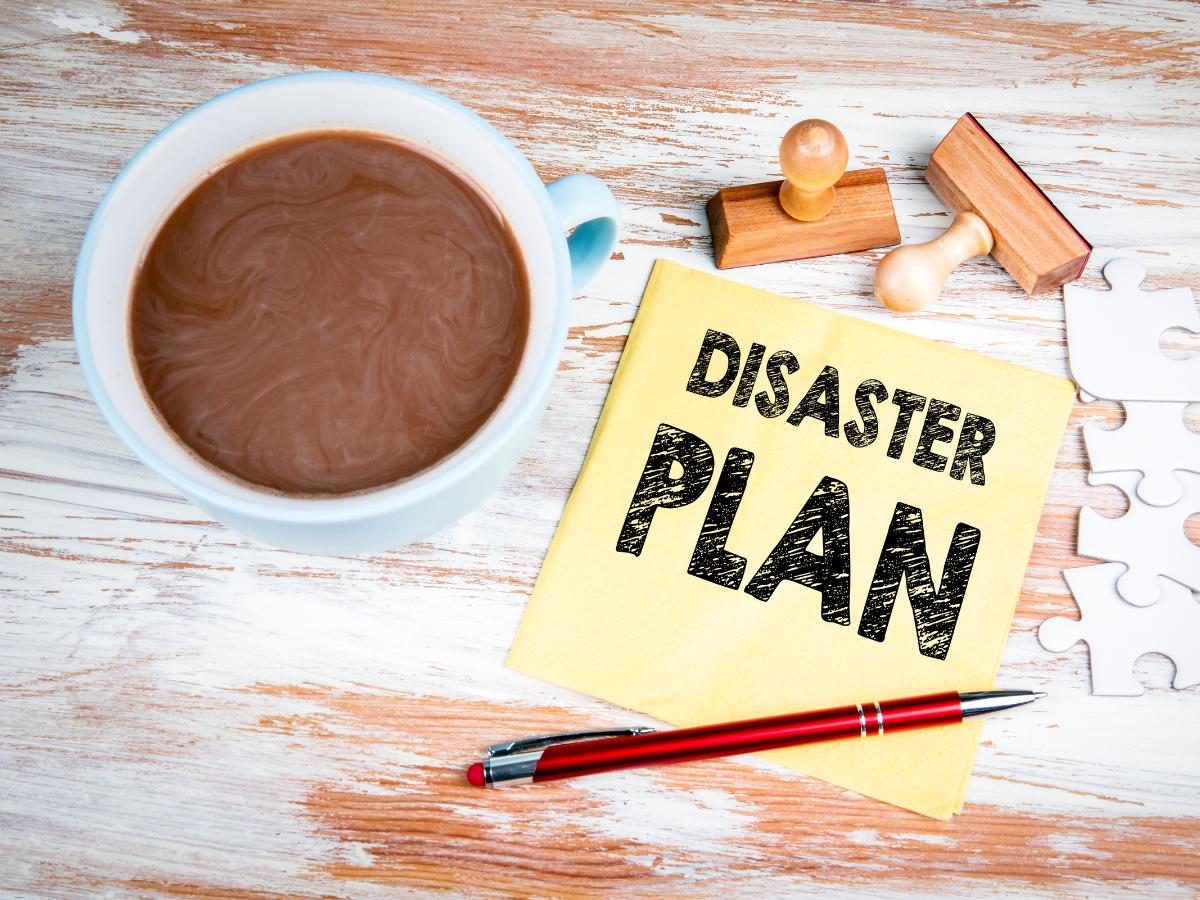
Conclusion
Disaster preparedness is crucial for ensuring the safety and security of you and your loved ones. By taking proactive steps now, you can mitigate the impact of potential emergencies and recover more quickly. Remember, preparedness starts with understanding the risks, making plans, and staying informed. Take action today to protect tomorrow.
Take Care,
Zach Hudson
Director of Marketing and Sustainability at Hudson Restoration

